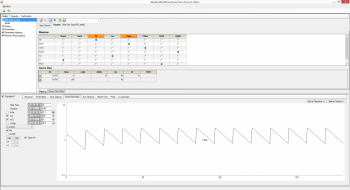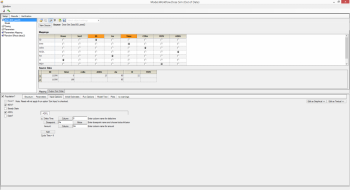Hello all,
Relatively new user....
I have ETAs from a previous analysis and I want to simulated different dose regimens in this population.
I froze all of the fixed effects from the previous analysis. Structural model was selected etc.
I have loaded my ETA worksheet into the random effects tab. I am sort of stuck from there. I followed the help guide for the PKPD and got only so far.
What do I need in my main/dosing sections?
How do I use ADDL in the main data sheet to get to 2-3 weeks of dosing?
When I go to predictive run tab; do I just need to simulate C and Cobs (what I am looking for here)?
Thanks,
-A


















